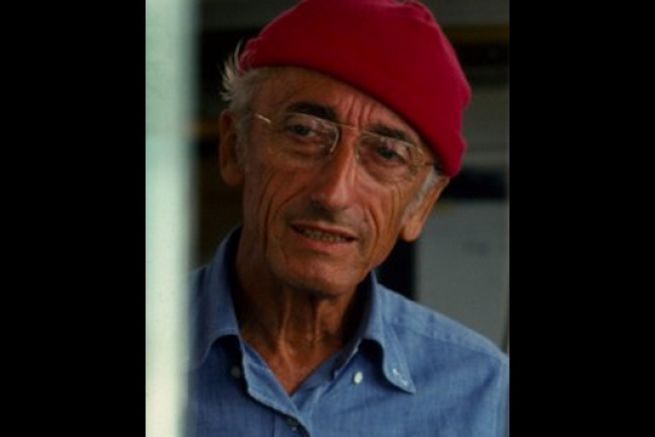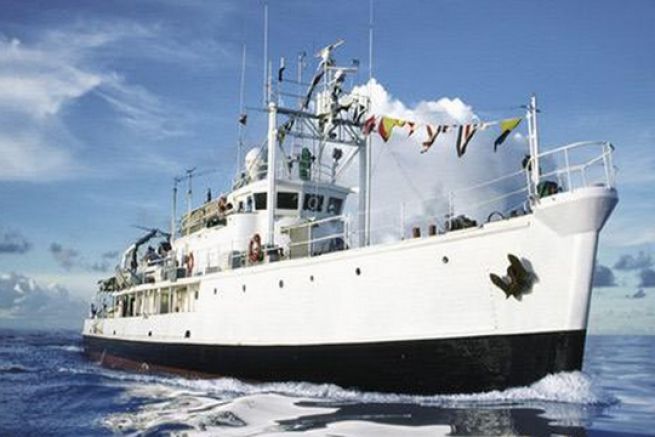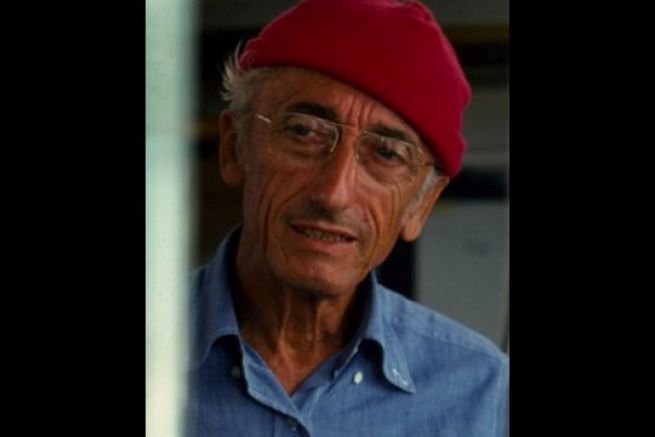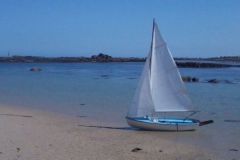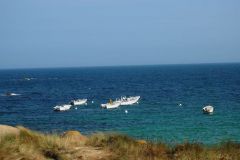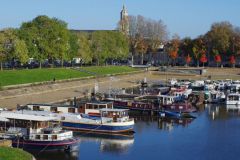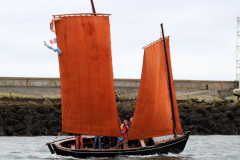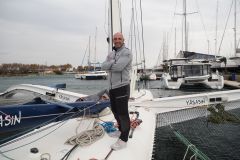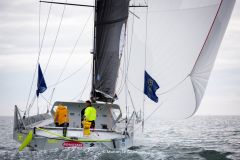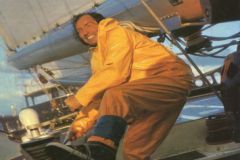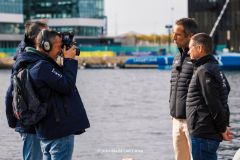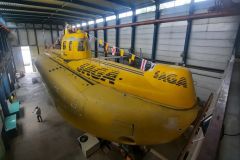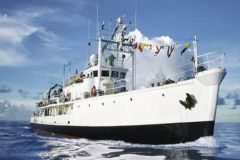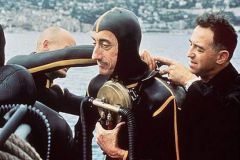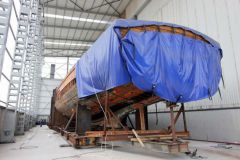Sailor, adventurer, oceanographer, explorer, Captainâeuros¦ He wore many hats, but what he liked best was his famous red cap. Jacques-Yves Cousteau, more commonly known as Captain Cousteau or simply Cousteau, left his mark on generations by conducting underwater expeditions aboard his mythical ship, Calypso. An environmentalist, he worked to protect the oceans and the coastline (despite some "youthful mistakes" that can be criticized). He died on June 25, 1997, at the age of 87.
Naval Officer
Born on June 11, 1910 in Saint-André-de-Cubzac, Gironde, he followed his family to the United States from 1920 to 1923, where he practiced swimming and snorkeling. Upon his return to France, the Cousteau family settled in Marseille, near the sea. In 1930, he entered the Naval Academy in Brest, where he became an officer on the Joan of Arc he became an officer in the army and a gunner in 1933. In 1935, a serious road accident occurred while he was training as a pilot and forced him to stop. Sent to the Condorcet there he met Philippe Tailliez, who would later become his friend. Thanks to underwater glasses that Tailliez lent him, he went to explore the sea and this is how he fell in love with it and decided to devote his life to it.
The "Mousquemers
In July 1937, Cousteau married the young Simone Melchior âeuros she was 18 years old, he was 27 âeuros who gave him two sons, Jean-Michel in 1938 and Philippe in 1940. Later, Cousteau met Frédéric Dumas, through Philippe Tailliez, who was also a submarine hunter. The three men became friends and created the "Mousquemers" trio Passionate about diving, they work on systems that allow them to breathe underwater and focus on underwater missions.
Cousteau was still in the French Navy and belonged to the intelligence service. While conducting counter-espionage missions, he managed to free up time to continue his diving missions.
A career as an inventor
In 1943, Jacques-Yves Cousteau won first prize (ex aequo with another participant) for documentary film. Eighteen meters of water is the first French underwater film and was made in apnea, the year before, with his two acolytes. This film was made possible thanks to a waterproof camera developed by Léon Vèche, engineer and mechanic. The film Wrecks was presented in 1943. It is the first underwater film shot with autonomous suits.
It was through his marriage âeuros and his wife's father âeuros that he met Emile Gagnan, an engineer who had developed a valve system with a regulator for gas engines. This was the system that Cousteau needed to deliver oxygen to his scuba suit. Called the Aqualung, this system was created in 1943 and the scuba suit now allowed men to explore the ocean floor.
Denise, a miniature submarine
Cousteau, associated with the engineer Jean Mollard, then created the SP-350 in 1959, also called Denise, which was the first diving saucer. This miniature submarine is capable of exploring the ocean floor up to 400 meters deep.
In 1962 and 1963, he embarked on the Precontinent I and II projects, which consisted of creating underwater houses. Later, Cousteau developed a wind-powered propulsion system, called Turbosail. He installed it on his boat The Mill then on the Alcyone the second oceanographic vessel designed for Captain Cousteau and launched in 1985. It is now the expedition ship of the Cousteau Society.

 /
/ 